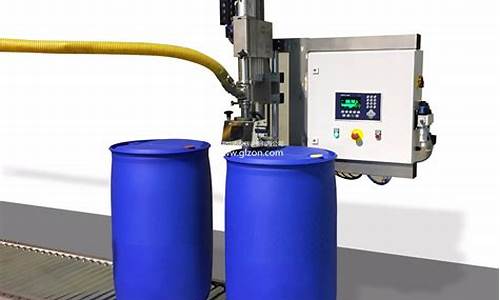Operating liquid filling equipment efficiently is crucial for maximizing productivity and ensuring product quality. Whether you're new to this technology or seeking to refine your skills, understanding the key aspects of liquid filling operations can greatly impact your results. This article provides essential tips for mastering liquid filling equipment, focusing on proper techniques and best practices.
Understanding Liquid Filling Equipment
Liquid filling equipment comes in various types, including piston fillers, gravity fillers, and pump fillers. Each type serves different purposes and offers distinct advantages depending on the nature of the liquid being filled. Piston fillers are ideal for thick or viscous liquids, while gravity fillers work best with thin, free-flowing liquids. Pump fillers, on the other hand, are versatile and can handle both types effectively.
To start mastering liquid filling equipment, it’s essential to understand how each system operates. Familiarize yourself with the equipment's manual, as it provides detailed instructions and safety guidelines. Regular maintenance and calibration are also critical to ensure the equipment operates at peak efficiency.

Key Techniques for Effective Operation
1. Proper Calibration: Accurate calibration is vital for consistent filling volumes. Regularly check and calibrate your equipment according to the manufacturer's instructions to avoid discrepancies and ensure product quality.
2. Maintaining Cleanliness: Hygiene plays a significant role in liquid filling operations. Regularly clean and sanitize the equipment to prevent contamination, especially when switching between different liquids or products.
3. Monitoring Fill Speeds: Adjusting the fill speeds based on the liquid type and container size can optimize performance and reduce waste. For instance, slower fill speeds may be necessary for thick liquids to prevent foaming or splashing.
4. Training and Skill Development: Proper training for operators ensures that they can handle the equipment efficiently and troubleshoot any issues that arise. Invest time in training sessions and practice to build proficiency.
Common Issues and Troubleshooting Tips
Even with proper training and maintenance, issues can still arise with liquid filling equipment. Here are some common problems and how to address them:
1. Inconsistent Fill Volumes: If you notice variation in the fill volumes, check for clogs in the filling nozzles or issues with the calibration. Regular maintenance and cleaning can prevent this issue.
2. Spillage and Leakage: Spills and leaks can occur due to worn-out seals or improper alignment. Inspect the equipment regularly and replace any damaged parts promptly to prevent such issues.
3. Air Bubbles in Fillings: Air bubbles can be a problem, especially with viscous liquids. Ensure that the filling process is adjusted to minimize air inclusion and consider using deaeration techniques if necessary.
In conclusion, mastering the operation of liquid filling equipment requires a combination of understanding the equipment, employing key techniques, and addressing common issues through proactive maintenance and troubleshooting. By following these tips, operators can ensure efficient and accurate filling operations, leading to better product quality and increased productivity. Investing time and effort into learning and practicing these skills will ultimately result in more reliable and effective liquid filling processes.






























